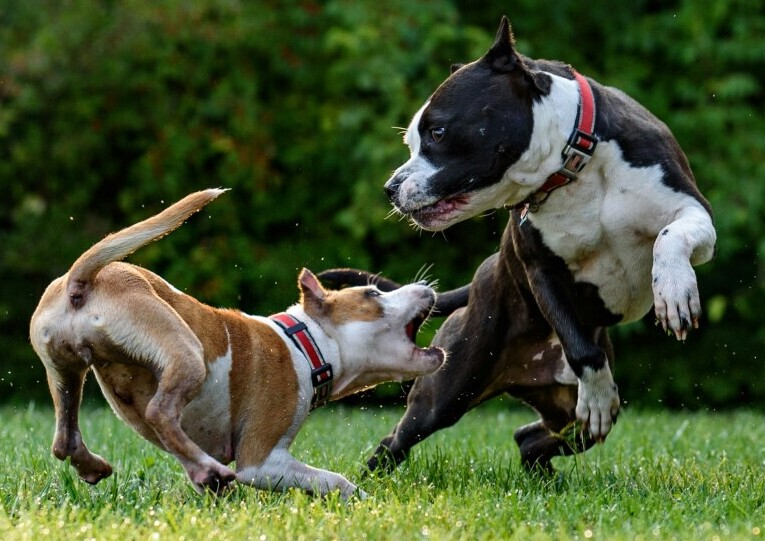Pet socialization is a big deal. It’s all about helping our furry friends learn how to act and react in different situations. This means they’ll be more comfortable and less stressed in unfamiliar environments. Plus, a well-socialized pet is generally more well-behaved.
Proper socialization doesn’t just happen overnight. It takes time and patience, but the payoff is huge. When pets are well-socialized, they’re happier, friendlier, and more adaptable. They handle change better, get along with other animals, and are less likely to develop behavioral issues. Happy pet, happy life, right?
So, what should you expect from this article? I’m here to share the do’s and don’ts of pet socialization. Whether you’re starting with a new puppy, introducing a rescue to your home, or just wanting to help your old dog learn some new tricks, I’ve got tips and advice to guide you through the process. Good vibes ahead!
The Do’s of Pet Socialization
Start Early: Getting your pet used to the world should begin when they’re young. Puppies and kittens are especially receptive to new experiences during their early months. Introducing them to various sights, sounds, and smells early on helps build a solid foundation for a well-adjusted adult pet.
Expose to a Variety of Environments: Different environments equal different learning experiences. Taking your pet to parks, pet-friendly stores, or even for walks around diverse neighborhoods keeps things exciting. It helps them adapt to new places and learn to enjoy exploration instead of feeling anxious.
Introduce New People and Animals Gradually: Meeting new faces and other animals should be a positive experience. Start with meeting one friendly person or animal at a time. Watch your pet’s reactions closely. If they seem comfortable, you can increase the number of new encounters slowly. Tail wags and relaxed body language are good signals that your pet is enjoying the social scene.
Use Positive Reinforcement: Good behavior deserves a reward, whether it’s a treat, some extra playtime, or lots of praise. Consistency is key here. When your pet associates social situations with positive rewards, they’re more likely to look forward to those experiences.
Respect Your Pet’s Boundaries: Socialization doesn’t mean pushing your pet past their comfort zone. Observe their cues and let them set the pace. If they seem stressed or reluctant, give them space and try again later. This approach builds trust and reduces the risk of anxiety or aggression.
Enroll in Training Classes: Sometimes, a little professional guidance goes a long way. Obedience or socialization classes offer structured environments for your pet to learn and practice social skills. Plus, it’s a great way to meet other pet owners and exchange tips.
The Don’ts of Pet Socialization
Don’t Force Interactions: Pushing your pet into uncomfortable situations can backfire. Pets need to feel safe. If they’re trembling, growling, or trying to hide, forcing them forward can make them more fearful. Instead, always let them approach new situations at their own pace. Do you have
Do you have
Don’t Ignore Warning Signs: Pets communicate in their own ways. Signs like growling, hissing, or flattened ears mean they’re upset. Ignoring these signals can lead to bigger behavioral issues down the line. Always pay attention to what your pet is trying to tell you.
Don’t Overwhelm with Too Many New Experiences at Once: Bombarding your pet with new experiences can be overwhelming. Balance is key. Mix new experiences with familiar routines to keep your pet feeling secure. Too much too fast can lead to stress and anxiety.
Don’t Punish for Nervous or Fearful Behavior: If your pet cowers or hides, punishment won’t help. It might even make them more scared. Patience is your best friend here. Use gentle encouragement and create positive associations with whatever’s causing their fear.
Don’t Skip Vet Visits Before Socializing: Health first, always. Make sure your pet is up to date on vaccinations and is in good health before socializing. This protects them and other animals they might meet. Your vet can also offer more personalized advice on socializing your pet.
Conclusion: Recap and Reader Engagement
Socializing your pet is a journey filled with patience, rewards, and gradual exposure. It’s about taking it step-by-step and respecting their comfort levels.
Remember the do’s: start early, expose them to various environments, introduce new friends gradually, use positive reinforcement, respect their boundaries, and consider training classes for extra support.
On the flip side, avoid forcing interactions, ignoring warning signs, overwhelming them with too many new experiences, punishing nervous behavior, and skipping those crucial vet visits.
Your pet’s happiness and well-being are worth every effort. You’ve got the basics down, and now it’s your time to help your furry companion explore the world confidently.
Do you have stories or tips to share about pet socialization? Drop them in the comments! And if you’ve got any questions, don’t hesitate to ask. Let’s help our pets make the most of their social lives.


